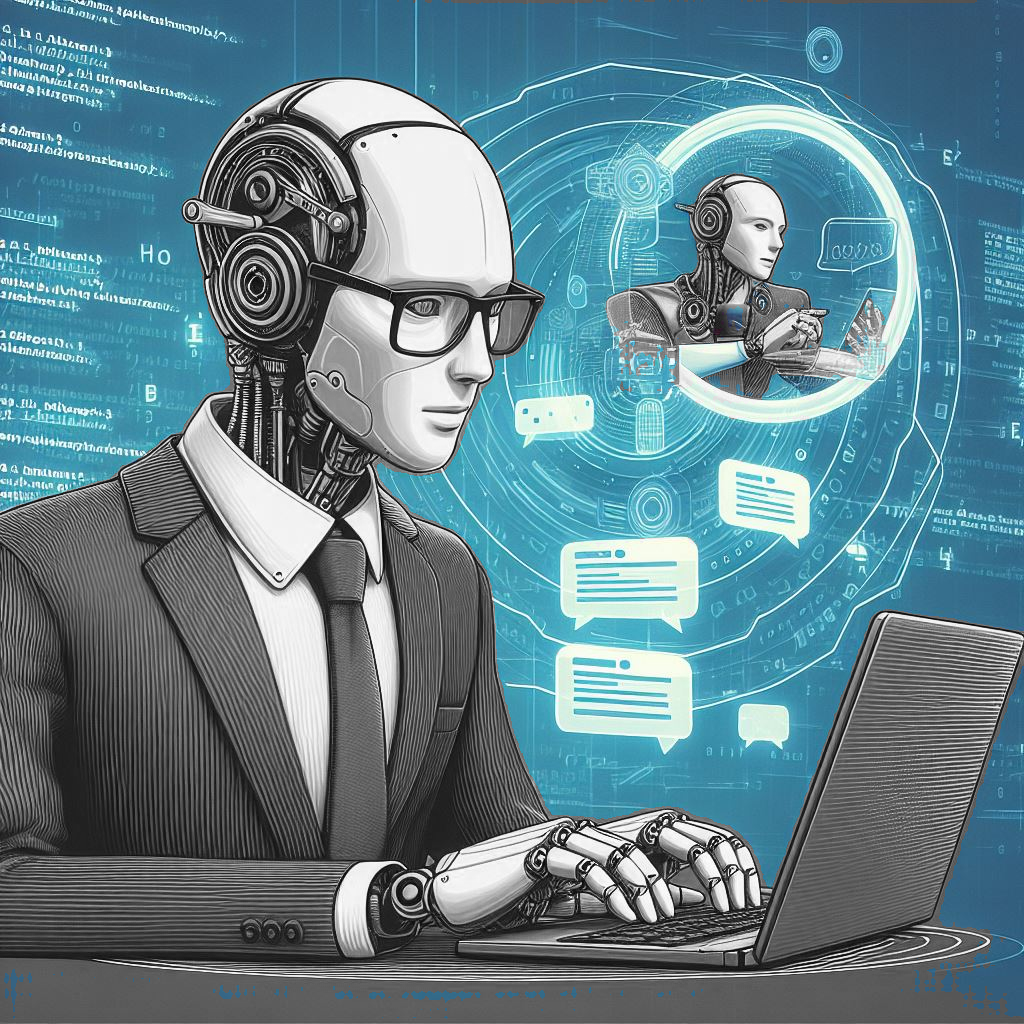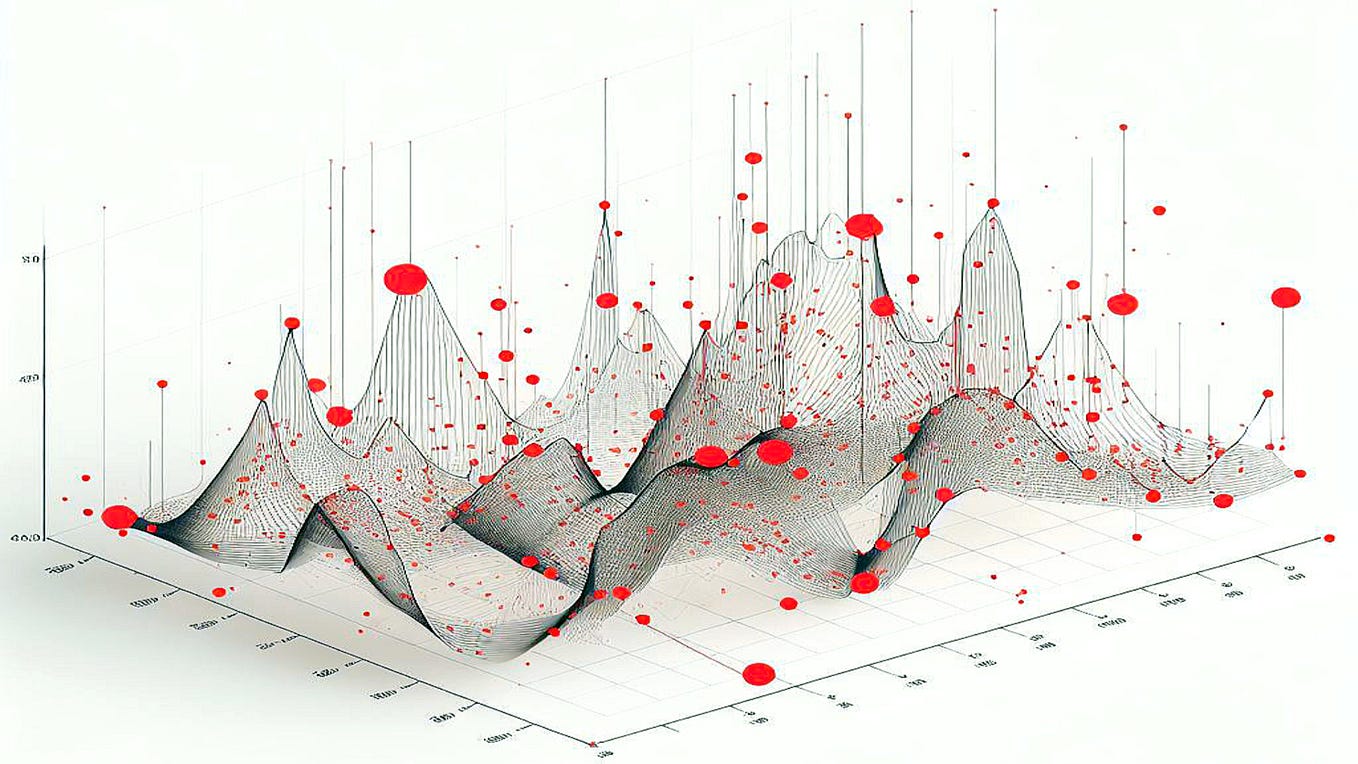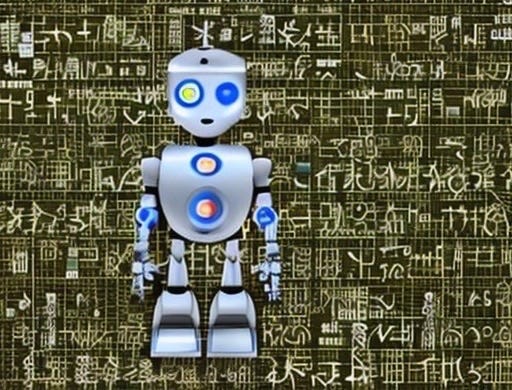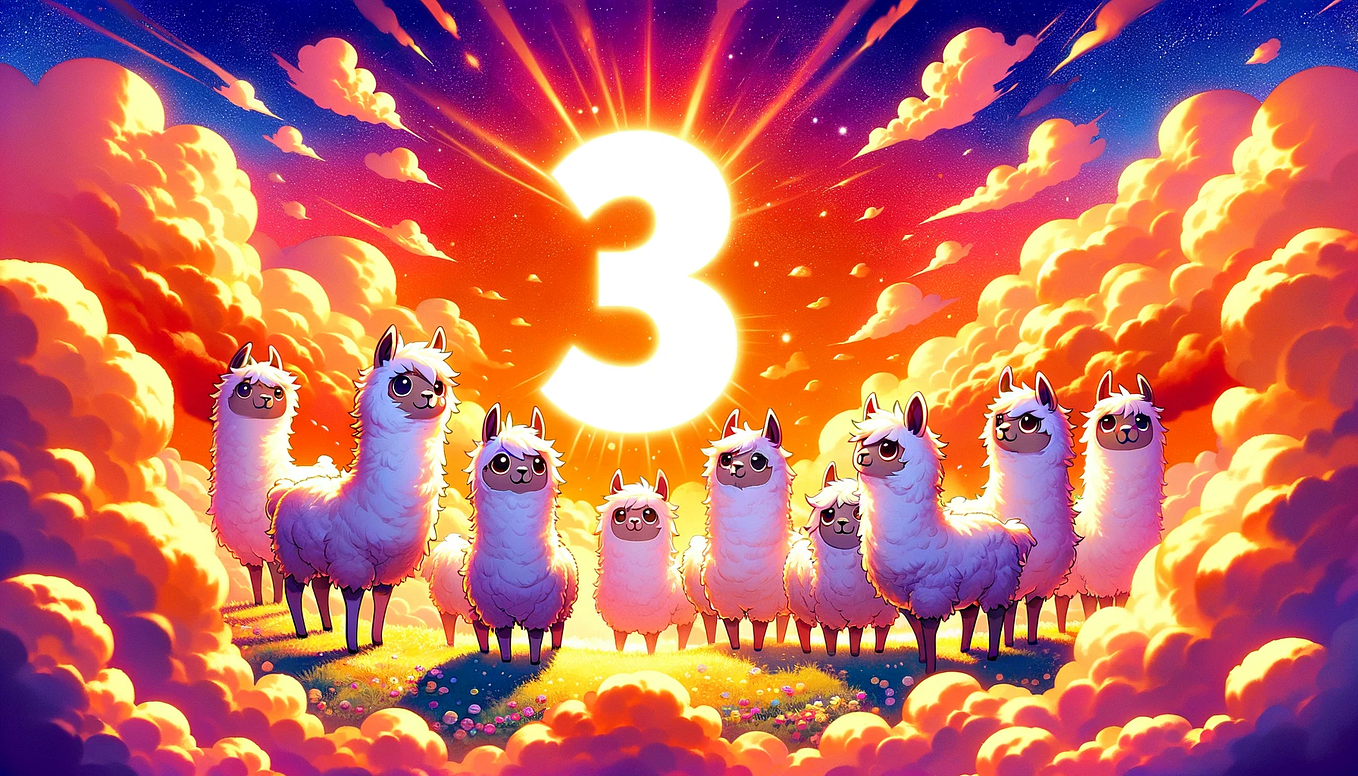How Lotus 1–2–3 Changed the World
(updated 5/30/23)
Originally posted in October 2016. This post has been updated to include the next inflection point, AI and Generative AI.
Going way back to 1983, a lot was happening in the world; Magnum P.I. was the show to watch, Motorola introduced the 1st mobile phone, leg warmers were in fashion, and Duran Duran was “Hungry Like the Wolf,” yet we often forget about the release of a new piece of software, which signified one of the most important events in data history.
On January 26, 1983, Lotus 1–2–3 (now discontinued) was brought to market. With it, the world was exposed to new features and functionality which had not been seen before in a desktop application designed for the consumer. Lotus added a graph maker (for those with video cards…seriously), macros, the beginnings of desktop database functionality, and was the 1st piece of commercial software to use television advertising. Generally speaking, Lotus 1–2–3 was the first truly usable, functional, and valuable personal computer application for the masses.
Though there were already a couple of other spreadsheet applications out there, the release of Lotus 1–2–3 quickly overtook those other tools. It was “The Killer App,” and it began to define the entire personal computer market based on a computer’s compatibility with Lotus 1–2–3. The computer HW and SW distributors could not keep it in stock, and the entire ecosystem surrounding the HW necessary to run Lotus 1–2–3 flourished, including storage, video cards, cables, monitors, mice, keyboards, port adapters, memory, processors, etc.
In addition to being an essential catalyst for the personal computer revolution, Lotus 1–2–3 was an inflection point in the data world, profoundly changing how we all worked. The layman could now work with data in a way that had never been possible before, which was simpler, faster, required little or no coding, and provided near-instant feedback to the users. The relationships between the business and the technical organizations who lorded over the data at the time changed. These technical wizards, who were once seen as near-gods, were often relegated to the role of a service organization that provided the data or access to the data, which the business would use. Business and technical teams found that their organizations were changing as productivity increased and jobs changed. Entire floors or even buildings full of highly skilled resources were replaced by a few analysts who could work magic with Lotus 1–2–3. The technical organizations were similarly affected, as the business was now delivering some of its core services, and demand for its remaining services dwindled.
The following promotional video was designed for trade shows by Lotus. Looking back, I find this hilarious, but it is definitely worth a few minutes of your time.
Fast forward to the year 2000, and the world had settled down. Lotus 1–2–3 had given way to MS Excel, and many new business intelligence applications and suites had debuted, focused on managing data and reporting at the company level rather than the individual. The technical side of the house transformed itself, creating new roles and services which required their expertise in new ways while the business was still using spreadsheets or consuming data via IT-managed applications. We once again found ourselves in a world of corporate oligopolies, high internal prices, long lead times, and employees struggling to do their job with the available technologies and data resources.
In the 2010 to 2015 timeframe, the data world experienced a similar change. Tools like Tableau once again allowed the relative novice to work with data in new ways, which were simpler, faster, required little or no coding, and provided near-instant feedback to the users. They were once again making technical concepts approachable by the masses. Individuals and small organizations were creating and publishing content in weeks, days, or hours instead of months, quarters, or years, while large organizations were transforming how data was used within the Enterprise. The quality of the work was enhanced by the proximity of the data producer to their customers, while the tools promoted high-quality data communication with immense value. Again, both the business and the technical organizations saw changes in roles, services, and the skills required to succeed.
The success of a few companies that took this approach has led to many companies altering their existing products or creating new products, which emulated the approachability, and ease of use that became a hallmark of the Citizen Data Scientist, the non-technical Data Analyst, and the Data Translator. Domain expertise and the tools to level the playing field proved to be a powerful combination.
This story repeats itself again and again as highly technical concepts and activities are simplified and customized for a non-expert audience. We see this every day; Julia Child simplified French cuisine, YouTube simplified video production, Netflix simplified video rentals (I hated having to pay a rewind fee on my VHS rentals), and Apple simplified…well, just about everything they touched.
Today, we are in the midst of another inflection point in the world of data. The next chapter in this ongoing saga is Artificial Intelligence (AI) and Generative AI. Though AI and Generative AI have been around for decades, it is only recently that they have been productized and trusted in such a way that we can see their ubiquity in practice. Again, there are plenty of examples, like Jasper using AI to create branded content, Midjourney creating art and images from textual descriptions, Google Maps, Alexa & Siri, etc.
A host of new companies and products are being born directly into this inflection point due to the rise of Large Language Models (LLMs) like OpenAI’s ChatGPT, BERT, LaMDA by Google, PaLM by Google, and LLaMA by Meta. These new products will enhance efficiency and productivity, unleash creativity, drive innovation, empower data-driven decision-making, personalize customer experiences, optimize supply chain management, revolutionize healthcare, streamline human resources, deliver AI-first analytics where you may interact with your models in a chat interface, and many, many more!
This change is far from over. The market for data-related products and services continues to grow, as does our creation of data. The organizations, roles, and skills needed to be successful are now moving to the mainstream within companies…who knew what a “prompt engineer” was four months ago. And while MS Excel remains the most widely used business intelligence tool globally and an essential part of data for the masses, it is no longer the only option. We have only just glimpsed the beginning of the AI and Generative AI revolution, and I am both cautious and excited to see where it takes us.
You can get on board and come along for the ride, or you can use AI to write your resume as the world of data passes you by…









